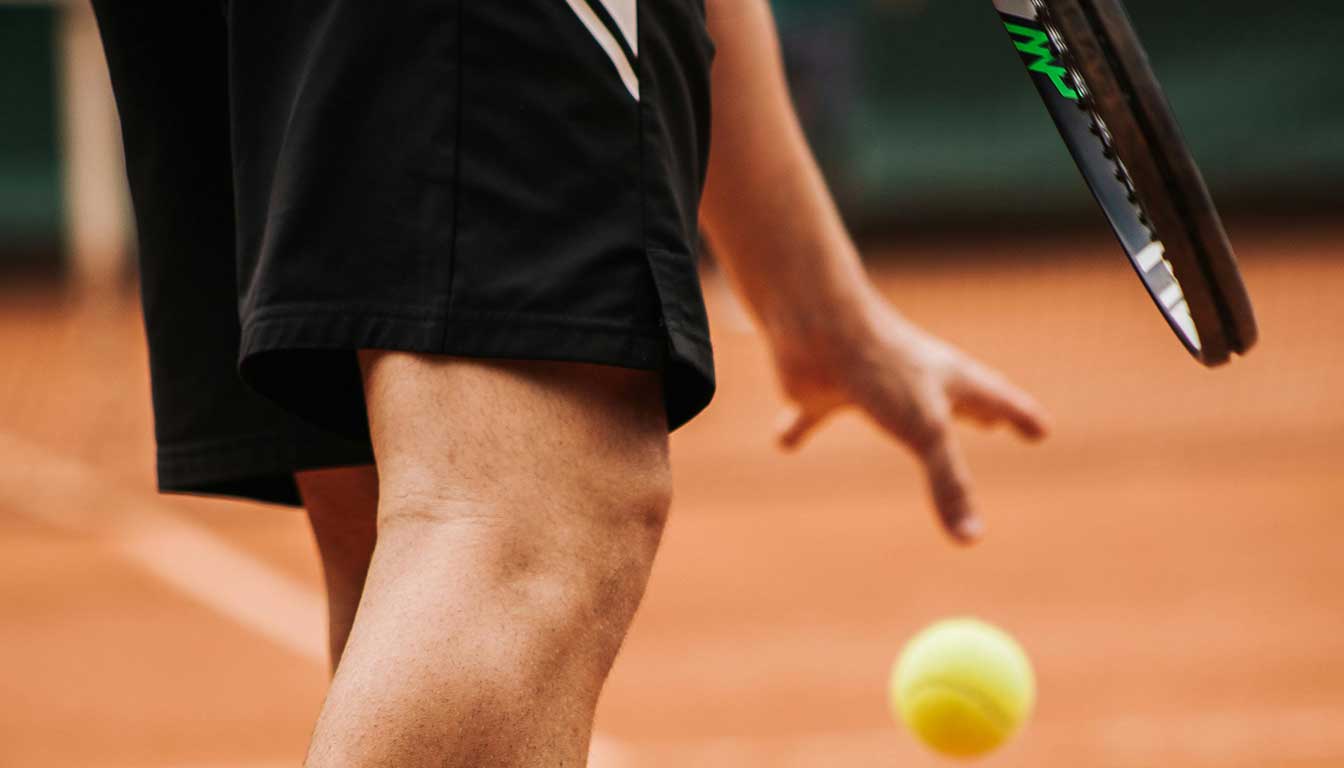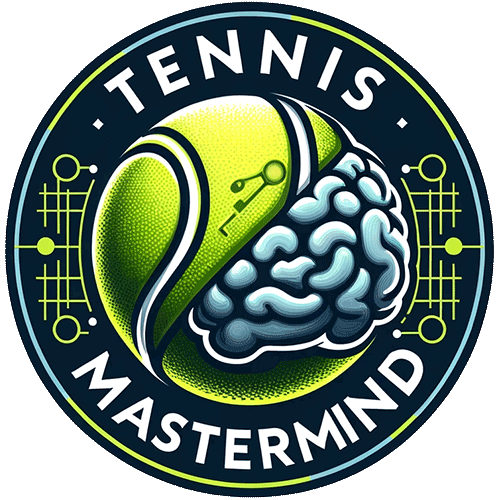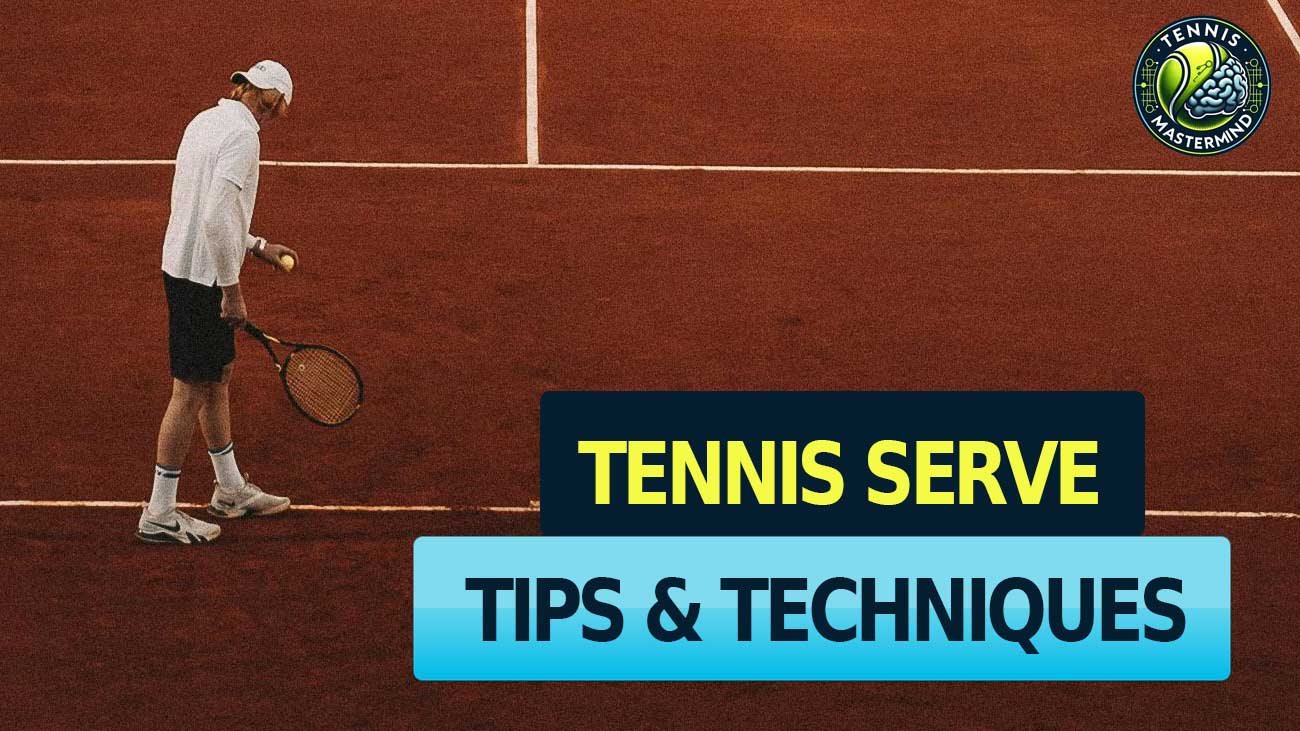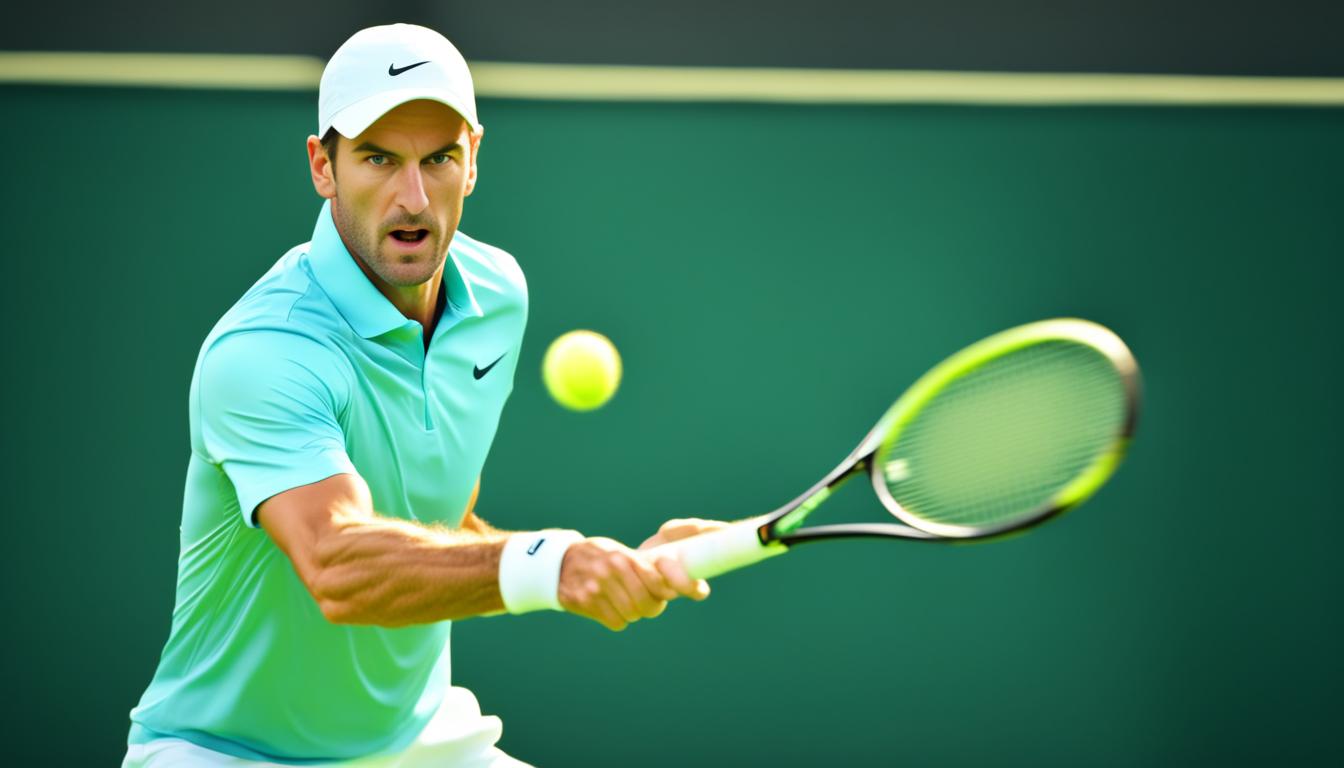The tennis serve is a crucial shot in the game, and mastering it requires proper technique and practice. Simple serving tips won’t be enough to improve your serve. Instead, you need to follow step-by-step progressions to build a strong service motion. The first step is to focus on your stance, ensuring that your feet are positioned correctly and balanced. You can choose between a platform stance or a pin-point stance, depending on your playing style. Next, you need to master the grip, holding the racquet with a continental grip for optimal control and power. The hitting part of the serve involves a loose drop, swing up, and pronation, which are key elements of generating power and accuracy. Finally, the backswing, toss, and follow-through complete the serve technique, with each step playing a vital role in the overall execution.
Key Takeaways:
- Mastering the tennis serve requires proper technique and practice.
- Pay attention to your stance, grip, and hitting techniques.
- Focus on the key elements of the serve: loose drop, swing up, and pronation.
- Complete the serve technique with a proper backswing, toss, and follow-through.
- Be patient and persistent in your practice to improve your serve over time.
Proper Tennis Serve Stance
In order to have a strong foundation for your tennis serve, it is important to have a proper stance. The two main types of stances are the platform stance and the pin-point stance. Let’s explore each stance and their advantages:
Platform Stance
The platform stance involves keeping your feet in the same position throughout the entire service motion. This stance provides a stable base, allowing you to generate explosive power from the legs and hips. By staying in the platform stance, you can maintain balance and control during your serve.
Pin-point Stance
The pin-point stance starts with a platform stance but then brings the back foot closer to the front foot as the ball is tossed. This stance is favored by taller players as it allows them to maximize their reach and make contact with the ball at a higher point. The pin-point stance helps in creating a more natural upward swing.
Both stances have their advantages, but it’s essential to find the stance that works best for you. Some players may find the platform stance more comfortable, while others may prefer the pin-point stance for its added height advantage. Experiment with both stances and choose the one that allows for a balanced and controlled serve.
Mastering the Tennis Serve Grip
The grip you use for your tennis serve is crucial for control and power. The recommended grip for serving is the continental grip, which is similar to holding a hammer. To find this grip, follow these steps:
- Hold the racquet with the edge perpendicular to the ground.
- Place your left index finger in the “valley” between your right thumb and index finger.
- Your left index finger should point to the top left edge of the racquet handle.
This grip allows for better pronation and control of the racquet, enabling you to generate power and accuracy in your serves. It’s important to maintain the correct grip throughout the entire serve motion to ensure optimal technique and effectiveness.
Continental Grip vs. Hammer Grip
The continental grip used for the tennis serve is often compared to holding a hammer. This grip allows for versatility in shot selection as it enables players to easily switch between forehand and backhand grips. In contrast, the hammer grip is not recommended for serving as it limits wrist mobility and can lead to a lack of control. By mastering the continental grip, you can develop a strong foundation for your serve and optimize your performance on the court.
| Grip | Advantages |
|---|---|
| Continental Grip |
|
| Hammer Grip |
|
By mastering the continental grip, you’ll have greater control over your serves, allowing you to hit with more accuracy and power. This grip sets the foundation for executing a variety of shots, giving you the freedom to adapt to different situations on the court.
Steps to Achieving a Powerful Tennis Serve
To achieve a powerful tennis serve, we need to follow a series of steps that encompass correct stance, grip, and hitting techniques. By mastering these fundamental elements, we can develop a serve that combines both power and accuracy.
Step 1: Strong Stance
The serve begins with a strong stance, which provides a solid foundation for generating power and maintaining balance. Whether you opt for a platform stance or a pin-point stance, ensuring that your feet are positioned correctly and evenly distributed is crucial.
Step 2: Proper Grip
The next step involves mastering the proper grip, and for a powerful tennis serve, the continental grip is recommended. This grip resembles holding a hammer and enables better control and leverage throughout the serve motion.
Step 3: Hitting Techniques
The hitting techniques play an essential role in generating power and accuracy. It starts with a loose drop, allowing for a smooth and fluid swing. As you swing up, focus on generating explosive power through your legs and core. Finally, the pronation of your wrist is key to imparting spin and control onto the ball.
By practicing and refining each step in progression, we can develop a strong and consistent serve that will be a powerful weapon in our game.

| Steps | Description |
|---|---|
| Step 1: Strong Stance | Position your feet correctly and maintain balance. |
| Step 2: Proper Grip | Hold the racquet with a continental grip for better control and power. |
| Step 3: Hitting Techniques | Focus on a loose drop, a powerful swing up, and wrist pronation to generate power and accuracy. |
Developing Consistency and Accuracy in the Tennis Serve
Developing consistency and accuracy in the tennis serve requires practice and attention to detail. To improve serve consistency, it is essential to focus on your ball toss. A consistent toss allows for better timing and control, crucial elements in achieving accurate serves.
In addition to perfecting your toss, incorporating serve-specific drills into your practice routine can greatly enhance consistency and accuracy. These drills should target different aspects of the serve, such as footwork, racquet path, and follow-through. By consistently practicing these drills, you can develop muscle memory and improve your ability to hit precise serves.
When practicing serve drills, pay close attention to your technique and make adjustments as needed. Small refinements in your grip, stance, or swing mechanics can have a significant impact on your serve accuracy. It’s important to experiment and find what works best for you.
To illustrate the value of consistency and accuracy in the tennis serve, consider the following example:
“Consistency and accuracy are essential for a successful tennis serve. When a serve lacks consistency, it becomes unpredictable and easier for opponents to return. Similarly, serving with poor accuracy means missing your targets and potentially losing valuable points. By focusing on consistency and accuracy, you can maintain control of the game and gain a competitive edge.”
Remember that consistency and accuracy in the tennis serve are not achieved overnight. It takes dedicated practice and a keen eye for detail. But with perseverance and a focus on continuous improvement, you can develop a serve that is both reliable and precise.
Common Tennis Serve Drills
| Drill | Objective |
|---|---|
| Target Serve | Aim for specific spots on the court to improve accuracy |
| Shadow Serve | Practice the motion and technique without a ball to focus on form |
| Two-Bounce Serve | Hit the serve so that it bounces twice in the service box to improve depth control |
| Service Box Game | Play a game where you must hit serves into specific service boxes to improve accuracy under pressure |
| Rhythm and Tempo Drill | Focus on the fluid and consistent motion of the serve to develop rhythm and tempo |
By incorporating these drills into your training routine, you can enhance both the consistency and accuracy of your tennis serve, allowing you to become a formidable opponent on the court.
Conclusion
Mastering the tennis serve is not an easy task, but with dedication and the right techniques, you can significantly improve your serve and take your game to the next level. By focusing on your stance, grip, and hitting techniques, you can develop the power, accuracy, and consistency needed to become a formidable server on the court.
One key aspect of improving your tennis serve is incorporating serve-specific drills into your practice routine. These drills will help reinforce proper technique, allowing you to develop muscle memory and refine your skills over time. Consistency is key, so make sure to practice these drills regularly and make adjustments as needed to ensure you’re constantly improving.
Remember, mastering the tennis serve takes time and patience. Don’t be discouraged if you don’t see immediate results. Keep practicing, stay committed to proper technique, and focus on refining each element of your serve. With persistence, you’ll be able to perfect your serve, gain confidence in your abilities, and ultimately elevate your game.
So, start practicing today and embrace the challenge of mastering the tennis serve. The progress you make will be worth it, and you’ll soon experience the satisfaction and success that comes with unleashing a powerful and accurate serve on the court.




